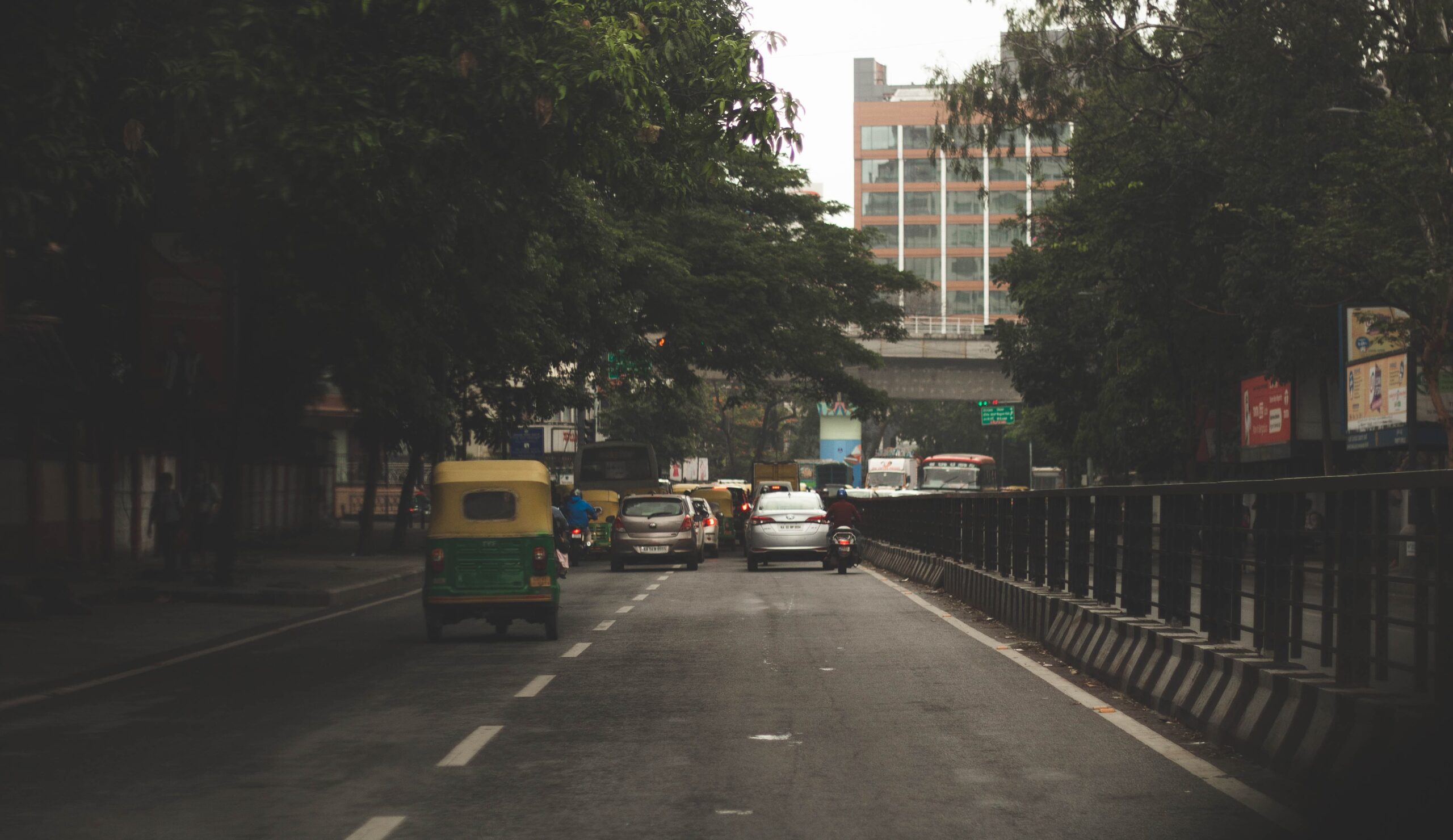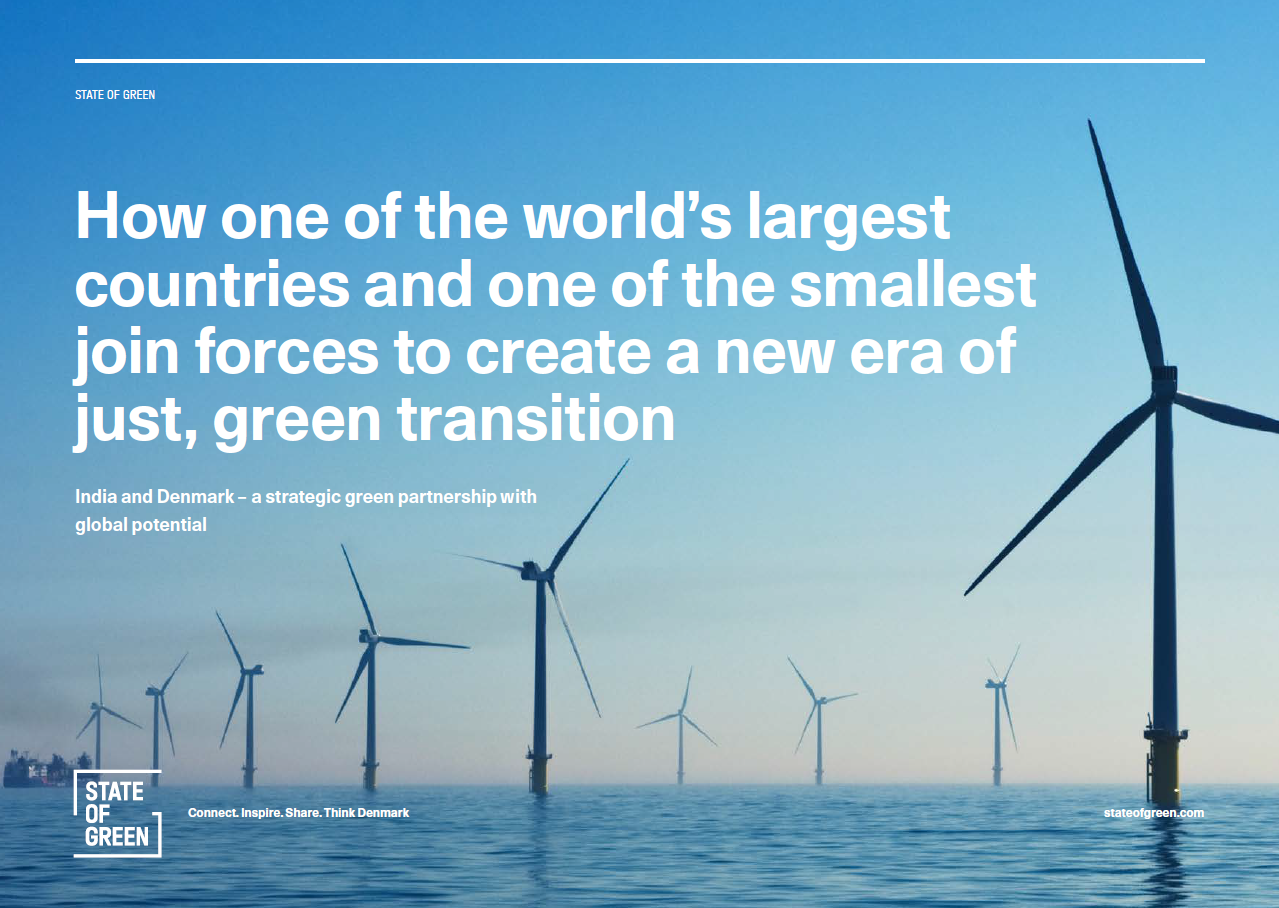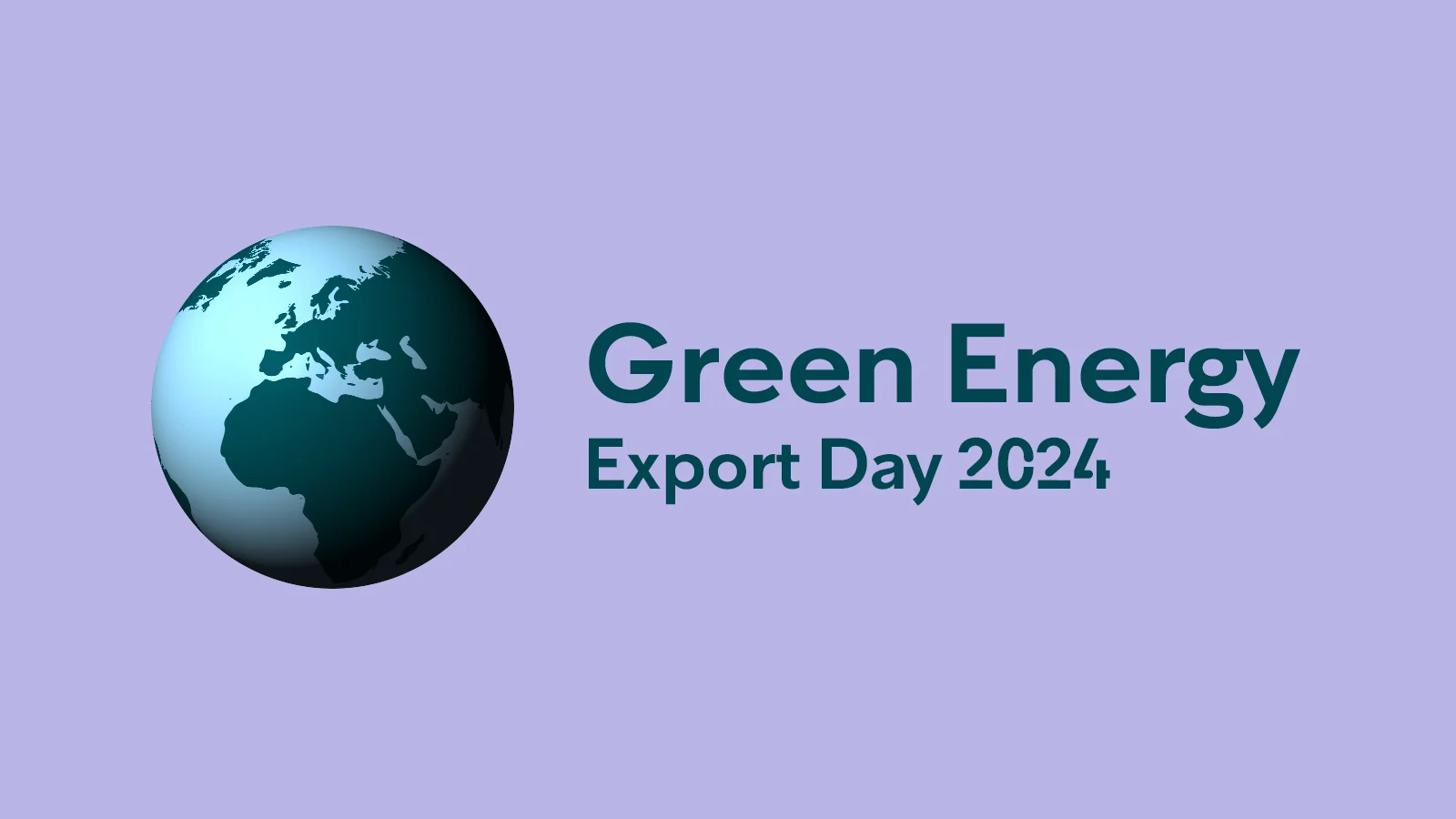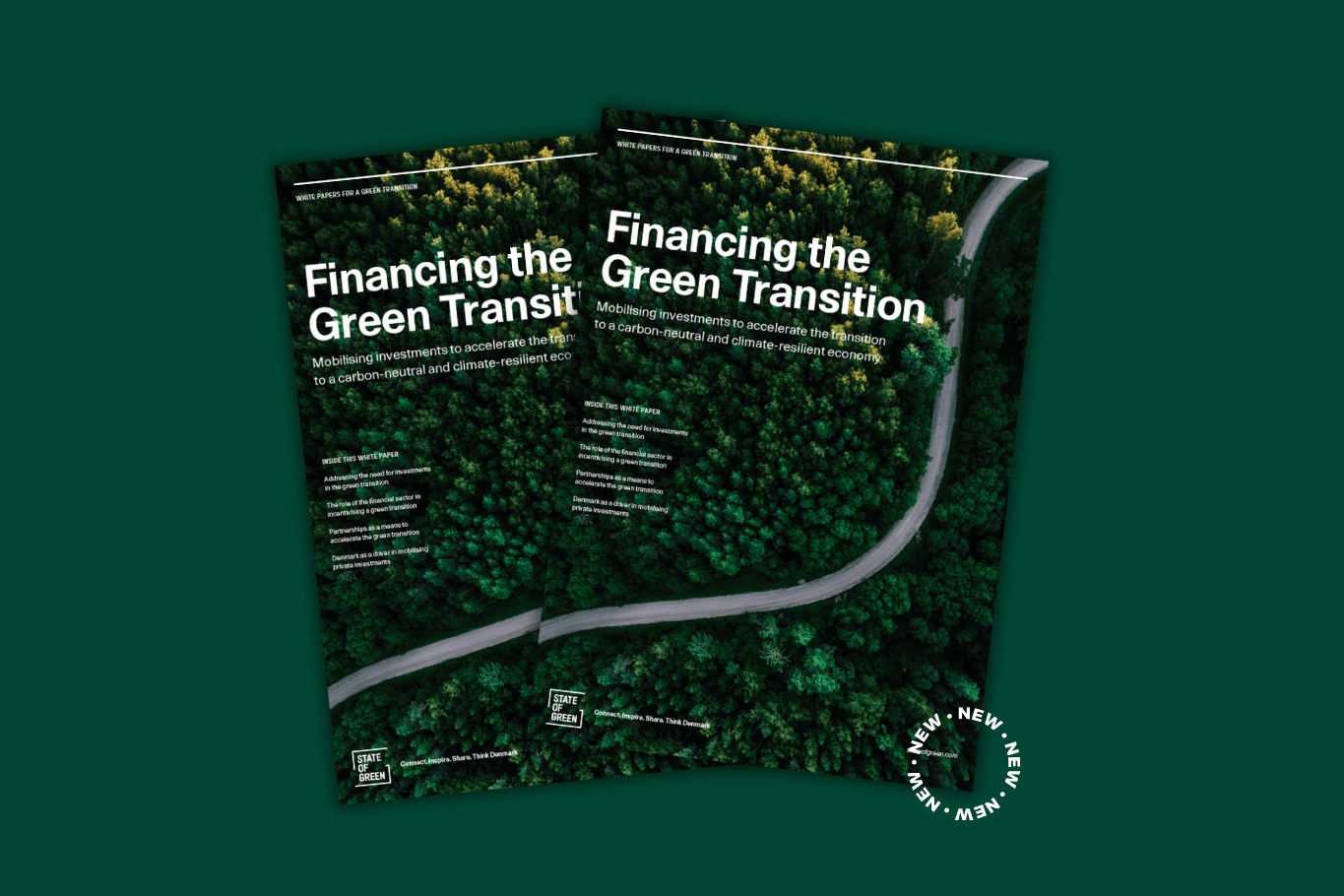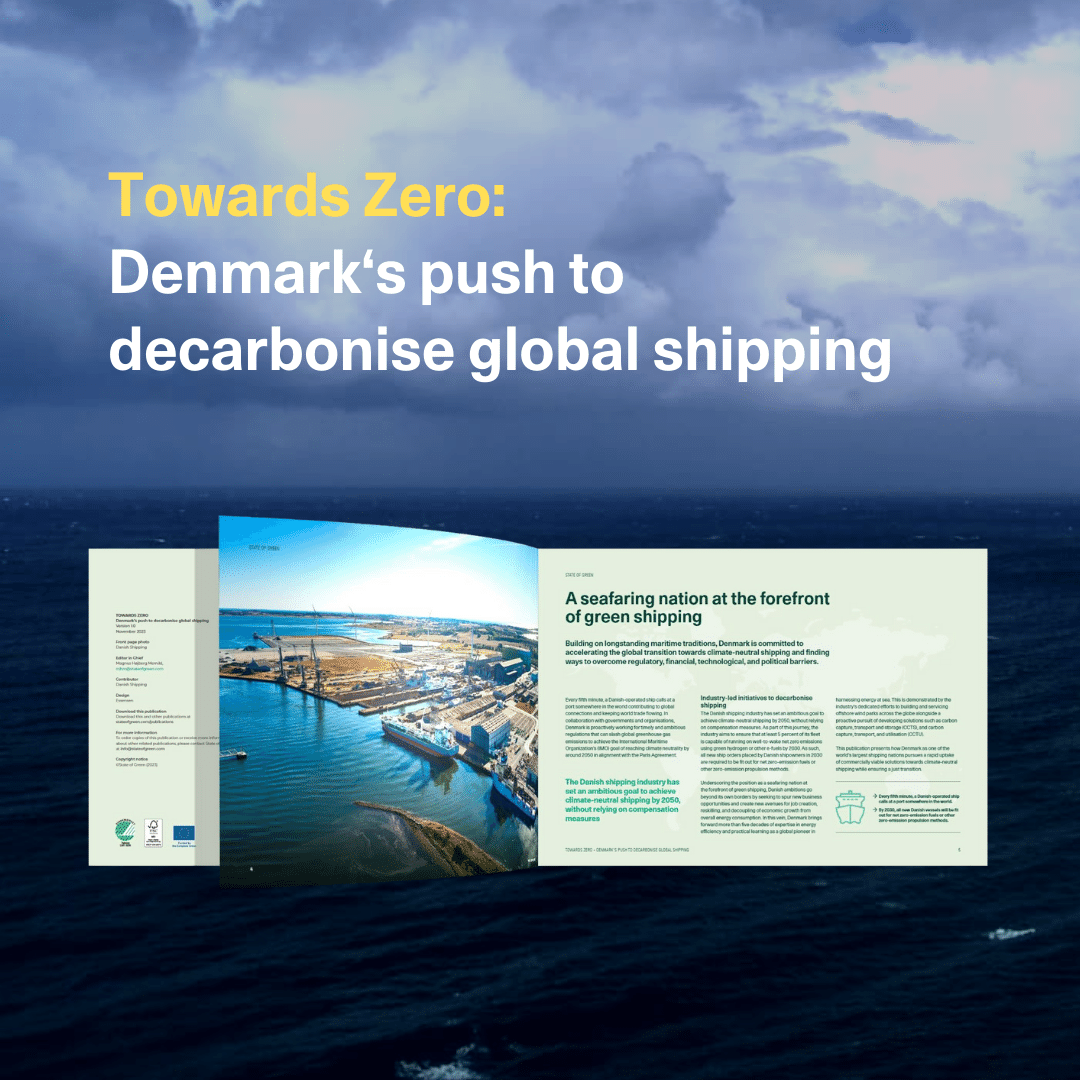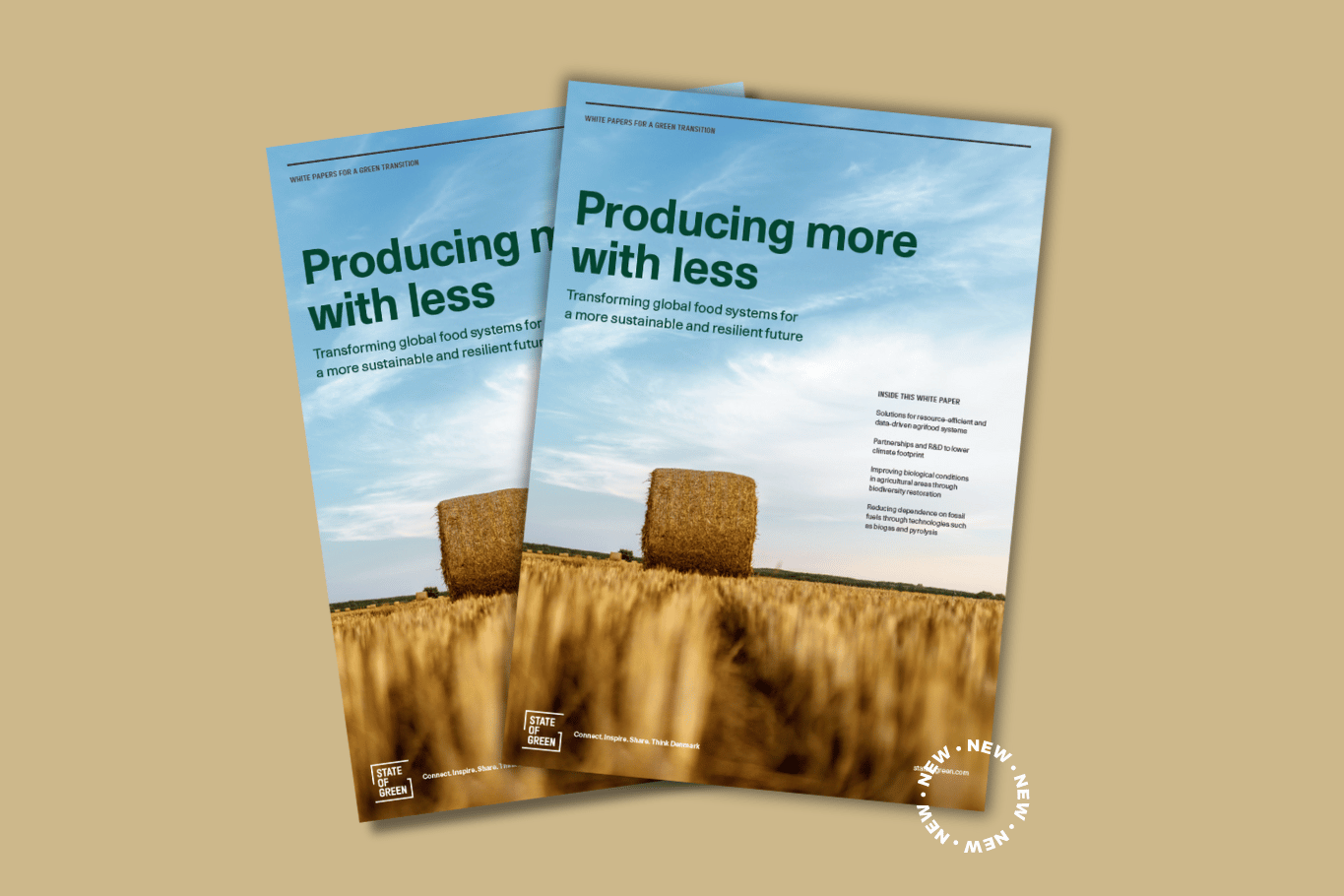A mutual mission
While Denmark takes on an advising role in the pilot project, a mutual exchange of knowledge and expertise is vital to ensure a successful partnership, as Ana Turk, an advisor on the project from the Danish Energy Agency, explains:
“We realise it’s really important to be familiar with both energy systems to pull this off. So, they need to know us, how we operate and what our areas of expertise are. And conversely, we need to know theirs. This is crucial in establishing the trust needed for sustainable collaboration.”
To this end, several preparatory workshops were held between the project’s partners before the project officially began. From January 9th to January 13th, The Danish Energy Agency went on a technical mission to Bangalore to launch the project and develop the first iteration of the forecasting model. This was the crucial first step of the project, which is set to run until the end of 2023. Throughout the year, the model will be trained, its performance will be continually monitored, and an automatic component will be added. In the end, the goal is to present the state of Karnataka with an automated, accurate forecasting model, which reduces reliance on balancing, reduces curtailment and reduces balancing costs.
Palpable potential for impact
If the project succeeds, it can prove to be immensely impactful. If the state of Karnataka incorporates the model in everyday operations, the over 60 million people who live in the state would experience the benefits of a cost-effective, sustainable energy system with high security of supply. Ideally, the success of the forecasting model could lead to national transformation, Ana Turk explains:
“If they successfully incorporate the model in Karnataka, then the methodology of the model can in principle be transferred to other states, as the model is built to be applicable throughout India. This would greatly impact India’s green transition on a national scale, which in turn has global significance.”
The IEA estimates that India will be one of the world’s largest markets for renewable energy in the coming years and electricity consumption is expected to triple by 2040 – equating to more than EU’s total electricity consumption today. And the projects under INDEP are a testament to how countries can come together to realise such potential to the benefit of us all.
“Of course, coming from different cultures and experiences, we may have different politics and opinions. But ultimately, we face the same issues going forward in the green transition. If a foundational trust is built, which the Center for Global Cooperation and the Danish Energy Agency values highly, everyone should be able to see that partnering can lead to something greater,“ Ana Turk says about the future prospect for this and similar cross-border energy partnerships.
